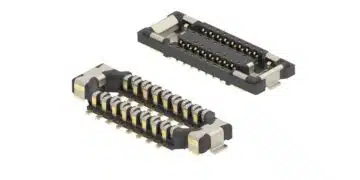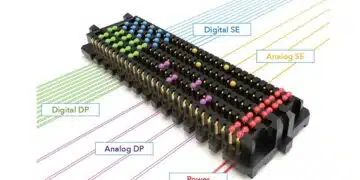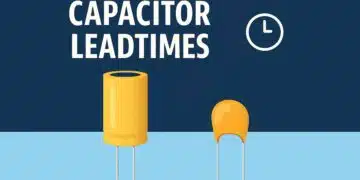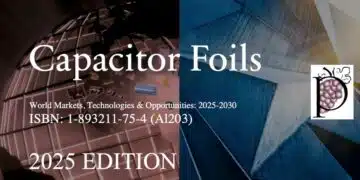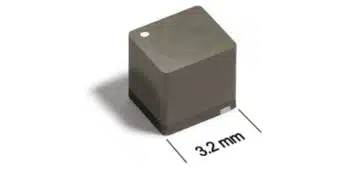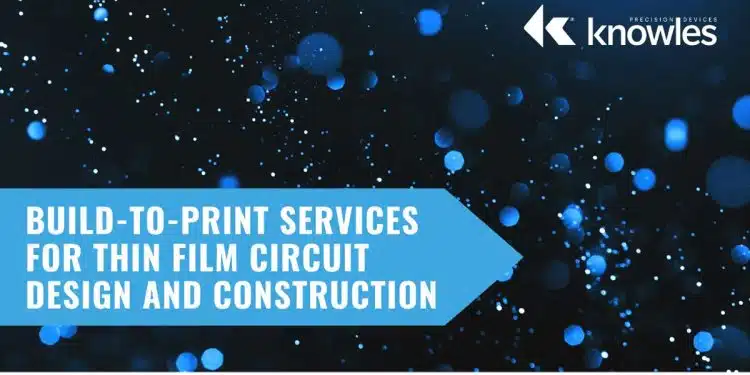Knowles Precision Devices now offers build-to-print services to facilitate thin-film circuits product design, manufacturing, and testing.
As the name implies, “thin film” is a precisely deposited layer of material used to fabricate electronic components.
“Thin” can mean as little as a fraction of a nanometer thick. Circuits constructed with thin film are used in a wide range of electrical and optical applications, but they are most advantageous when high-frequency performance, tight tolerances, thermal conductivity, and long-term reliability are paramount concerns. Particularly in the high-frequency microwave space, small size, line definition, and repeatable construction offer significant performance benefits.
The thin film construction method accommodates dense lines and spaces, a wide range of highly polished, flat substrate materials, and predictable outcomes. To ensure precise process control and uniformity, circuit manufacturing leverages sputtering, a reliable physical vapor deposition process. For optimal performance, each circuit is built on a ceramic or crystalline substrate that’s selected on an application-by-application basis.
From an economic perspective, thin film technology enables circuit miniaturization and provides long-term reliability at a low development cost. When it comes to system integration, thin film metallizations are compatible with many different metals and work seamlessly with high-performance wire bonding, soldering, and epoxy attachment methods.
It’s easy to perform rapid prototyping and integrate passive features like resistors, capacitors, and couplers when needed. While complex to manufacture, the nimble nature of these circuits enhances their appeal.
Knowles Precision Devices offers build-to-print services to facilitate thin-film product design, manufacturing, and testing for:
- Heat Sinks and Standoff
- Integrated Passive Components
- Custom Resistor Capacitor Networks
- Lange Couplers, Power Combiners
- EMI Filters
- High-Frequency Filters
- Microwave Integrated Circuits (MIC)
- Bias Decoupling and Filtering
- Lumped Element Impedance Matching Networks
- PA Stabilizations
- Impedance Matching and Power Combining Networks
We support some customers looking to compare notes on their spec drawings and others who need fully custom designs to solve their complex engineering challenges. Beyond engineering consulting, we offer a wide variety of substrates, including standard and proprietary ceramic formulations, to ensure final components meet all application-specific requirements.





